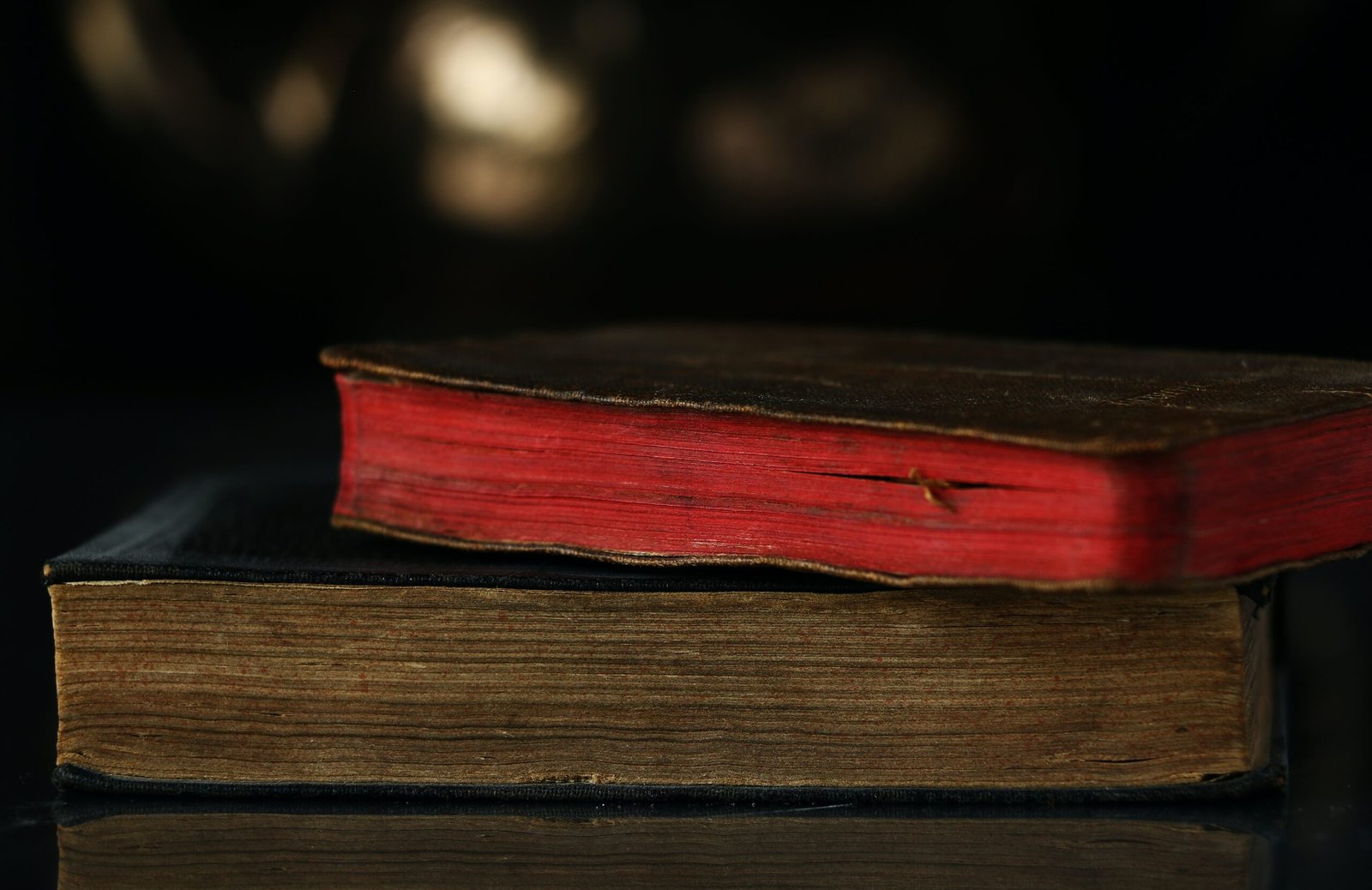Welcome to our guide on buying antique Bibles. Antique Bibles are not only valuable collectibles but also hold historical and religious significance. In this guide, we will explore various factors to consider when purchasing an antique Bible, including sizes, providence, features, red-ruled pages, woodcuts, bindings, font, rare editions, condition, and extra features.
Sizes
Antique Bibles come in various sizes, ranging from pocket-sized to large folio editions. The size of the Bible can impact its value and desirability among collectors. Larger Bibles, such as folio editions, are often more sought after due to their impressive size and visual appeal.
Providence
The providence of an antique Bible refers to its origin and history. It is essential to research and verify the providence of the Bible before making a purchase. Bibles with notable provenance, such as those owned by historical figures or associated with significant events, may have higher value and historical significance.
Features
Antique Bibles can possess various unique features that add to their value and appeal. Some common features include:
- Red-Ruled Pages: Bibles with red-ruled pages, where the text is surrounded by red lines, are highly sought after by collectors.
- Woodcuts: Bibles with intricate woodcut illustrations or engravings can be more valuable due to their artistic and historical significance.
- Bindings: The type and condition of the binding can greatly affect the value of an antique Bible. Leather bindings, especially those in good condition, are often preferred by collectors.
- Font: Some antique Bibles feature unique and ornate fonts, which can enhance their aesthetic appeal and value.
Rare Editions
Antique Bibles that are considered rare or limited editions are highly sought after by collectors. These editions may have unique features, translations, or historical significance that sets them apart from more common editions. Researching and identifying rare editions can be crucial in determining the value and desirability of an antique Bible.
Condition
The condition of an antique Bible is a significant factor in determining its value. Bibles in excellent condition, with minimal damage or wear, are generally more valuable. Look for Bibles with intact bindings, minimal foxing (age-related spotting), and clean pages. However, it is important to remember that some level of wear and age-related patina can be expected in antique Bibles and may even add to their charm.
Extra Features
Some antique Bibles may come with extra features that increase their value and desirability. These features can include maps, family records, illustrations, or additional commentary. Bibles with these extra features are often more sought after by collectors and enthusiasts.
Conclusion
When buying an antique Bible, it is essential to consider factors such as sizes, providence, features, red-ruled pages, woodcuts, bindings, font, rare editions, condition, and extra features. Conduct thorough research, consult with experts, and purchase from reputable sellers to ensure the authenticity and value of the antique Bible. Owning an antique Bible is not only a testament to its historical and religious significance but also a cherished piece of art and history.

